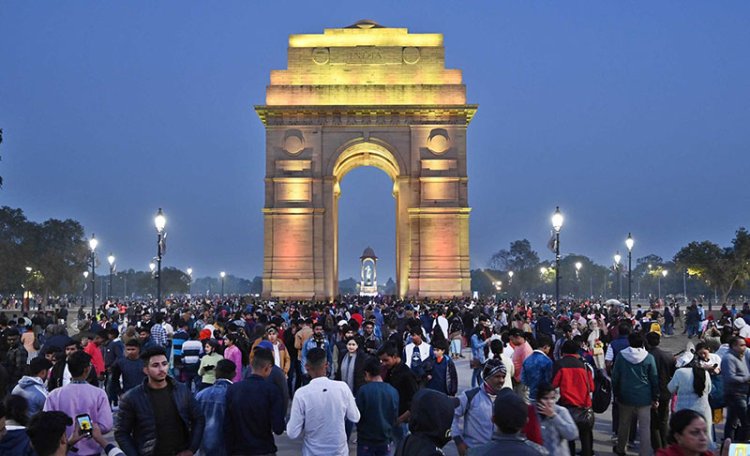India's Population Poised to Peak at 1.7 Billion Before Decline, UN Report Suggests
The United Nations Department of Economic and Social Affairs (DESA), Population Division...

The United Nations Department of Economic and Social Affairs (DESA), Population Division, recently released its World Population Prospects 2024 report, outlining significant trends in global demographics. A key takeaway for India is the projected peak of its population at 1.7 billion in the early 2060s, followed by a gradual decline. However, the report assures that India will remain the world's most populous country throughout the 21st century.
India's Population Growth Trajectory
As of 2024, India's population is estimated at 1.45 billion, slightly higher than previously anticipated due to adjustments in mortality and migration patterns post-pandemic. The report projects continued growth until the 2050s, with a peak of 1.69 billion expected in 2054. Following this peak, a decline of 12% is foreseen, bringing the population down from 1.7 billion.
Factors Affecting Population Growth
Several factors contribute to India's evolving population landscape. One crucial aspect is the decline in fertility rates. With more couples opting for smaller families, the average number of children per woman is steadily decreasing. This trend is likely due to factors like increased education levels, particularly among women, and improved access to family planning services.
India's Demographic Dividend
Despite the projected decline, India is currently experiencing a demographic dividend. This refers to a period when the working-age population (aged 15-64) outnumbers dependents (children and elderly). This window of opportunity presents India with a chance to accelerate economic growth through a readily available workforce. To capitalize on this advantage, investments in education, skill development, and job creation are crucial.
Long-Term Implications
While India retains its top position in terms of population, the projected decline has long-term implications. An aging population could put a strain on social security systems and healthcare services. Planning for these changes is essential to ensure the well-being of future generations.
The Road Ahead
The UN report's findings provide valuable insights for India's policymakers. Strategies to maximize the benefits of the demographic dividend while preparing for an aging population are critical. Investments in education, healthcare, and infrastructure will be instrumental in ensuring a smooth transition and continued economic prosperity.
In conclusion, India's population trajectory is poised for a significant shift. While the nation retains its status as the world's most populous, a peak and subsequent decline are on the horizon. By acknowledging these trends and implementing proactive measures, India can navigate this demographic transition and ensure a secure and prosperous future for its citizens.






















